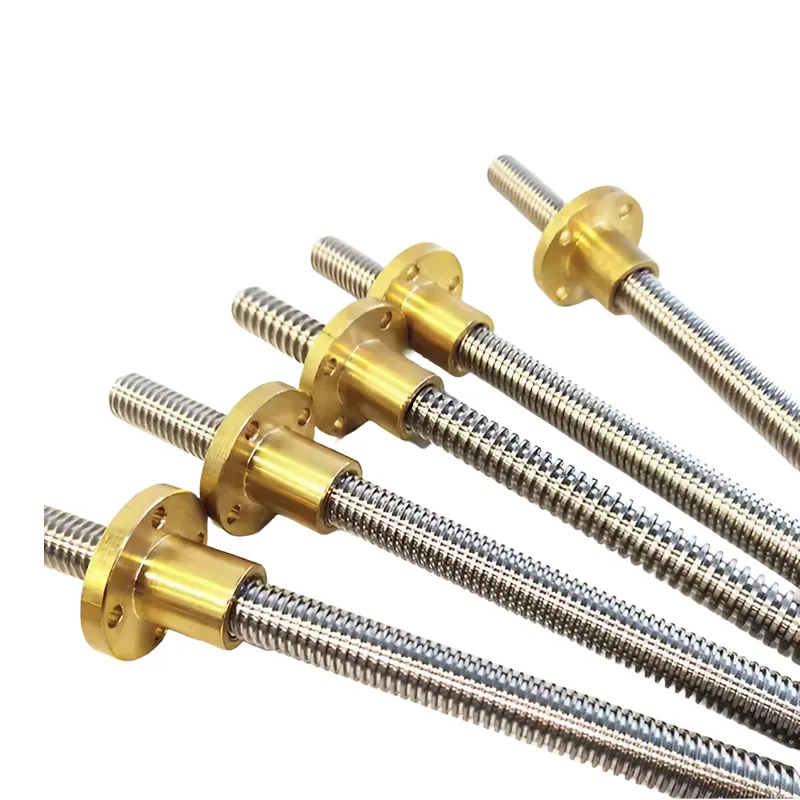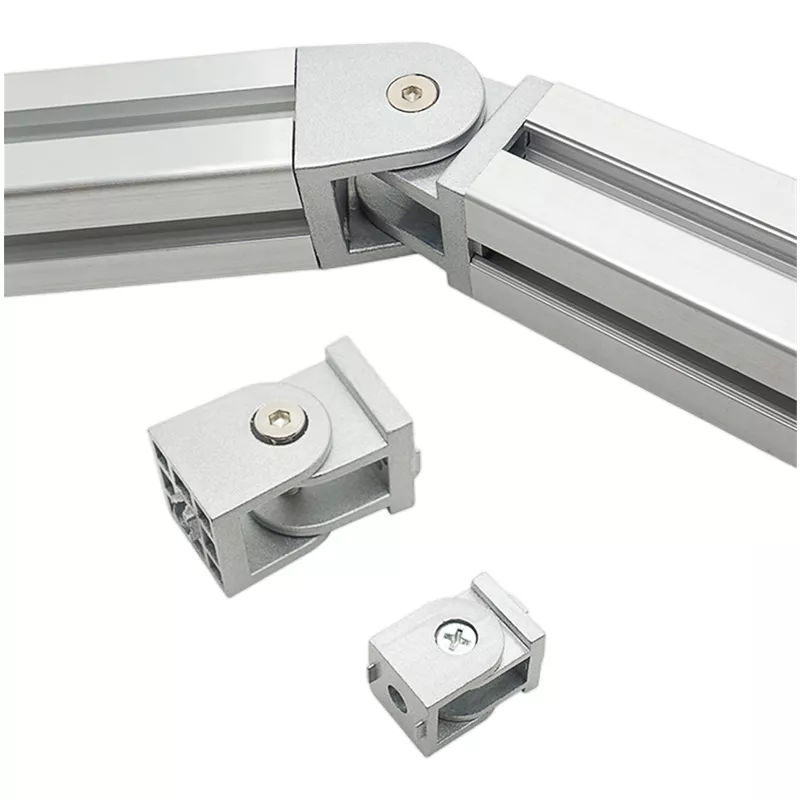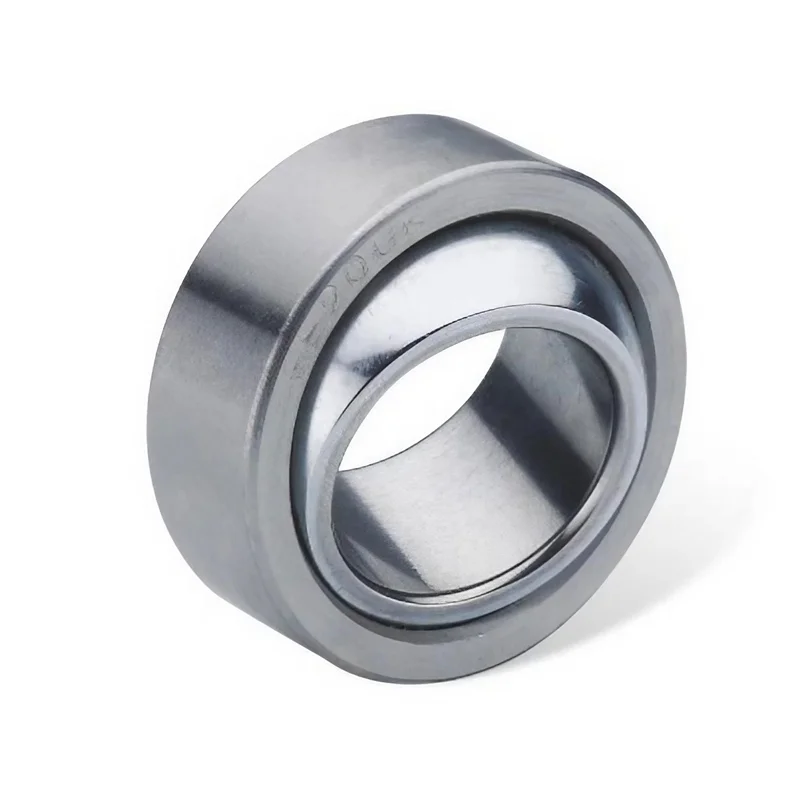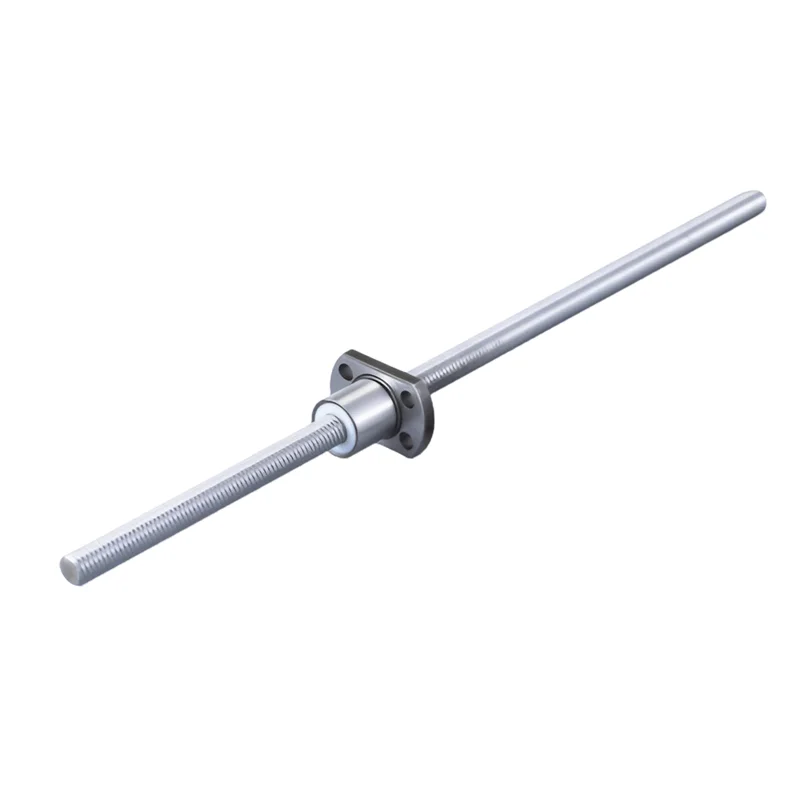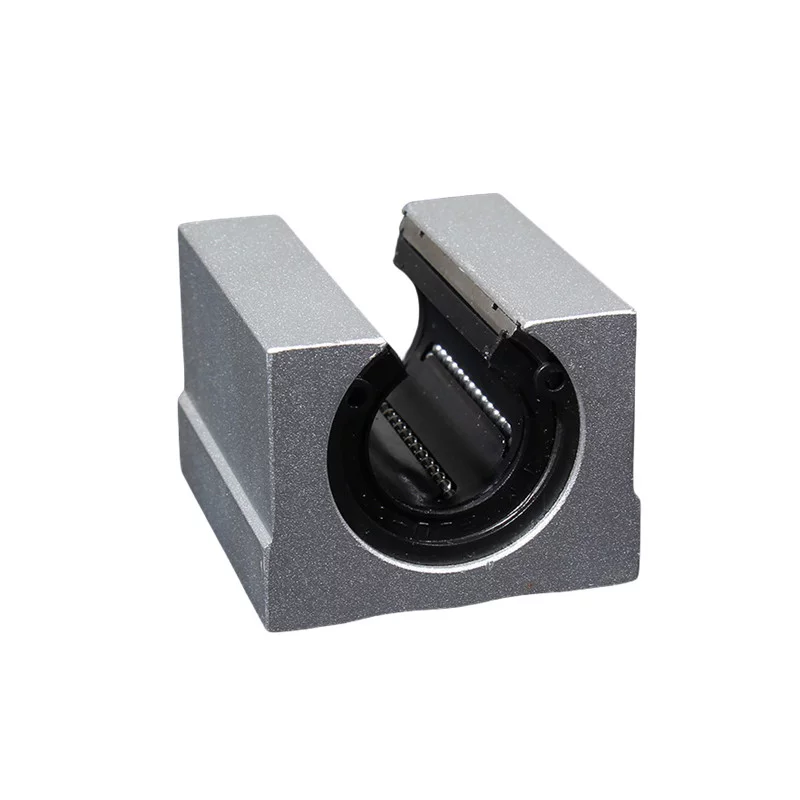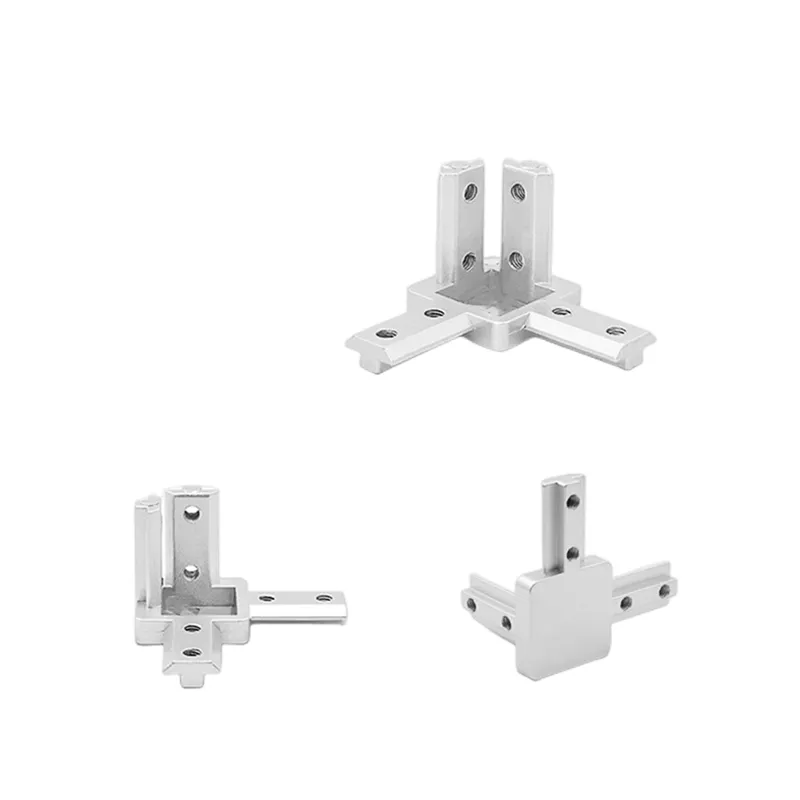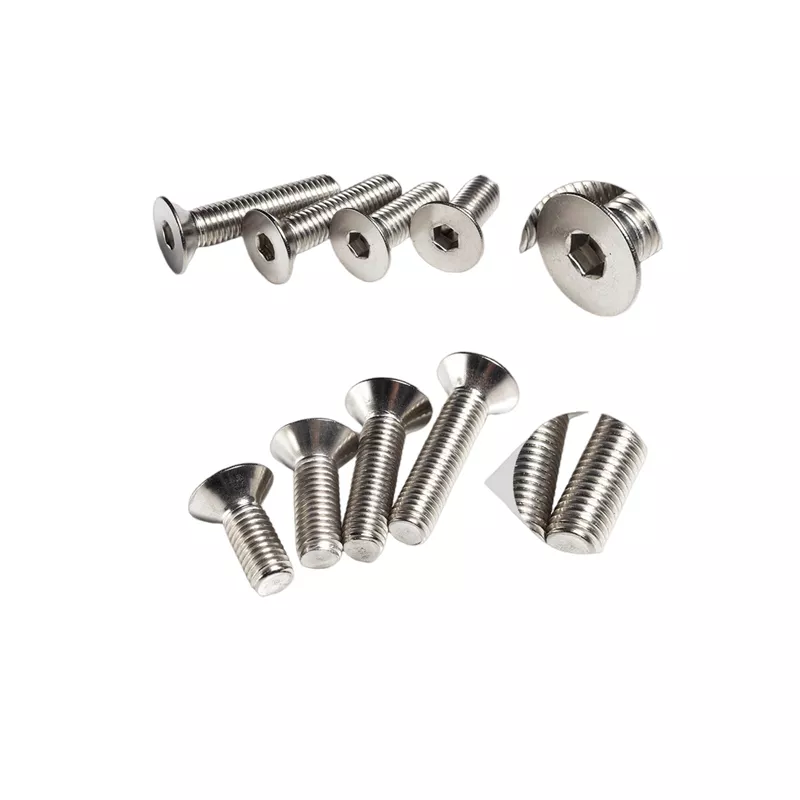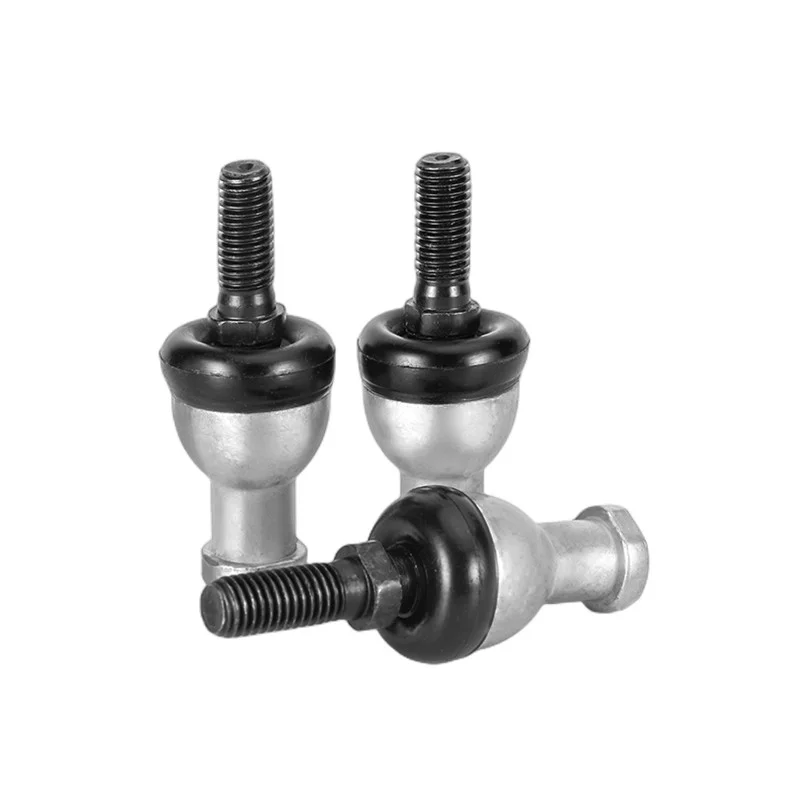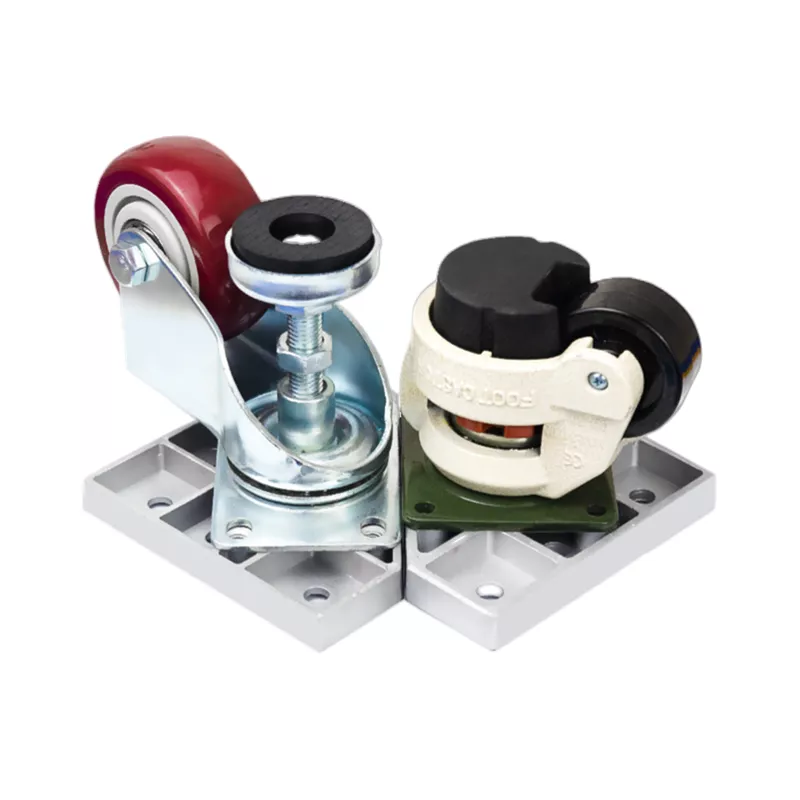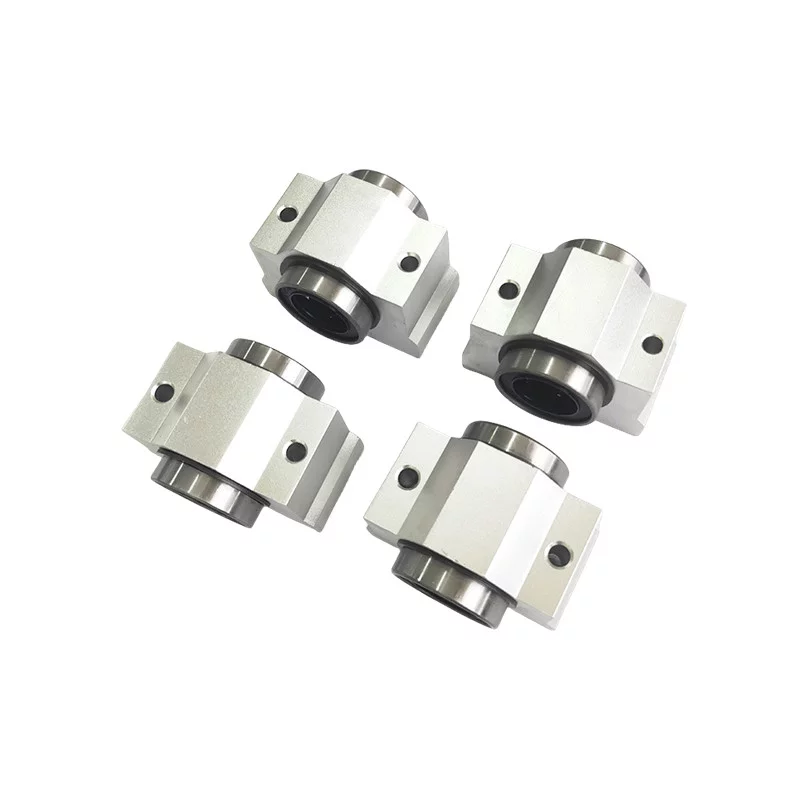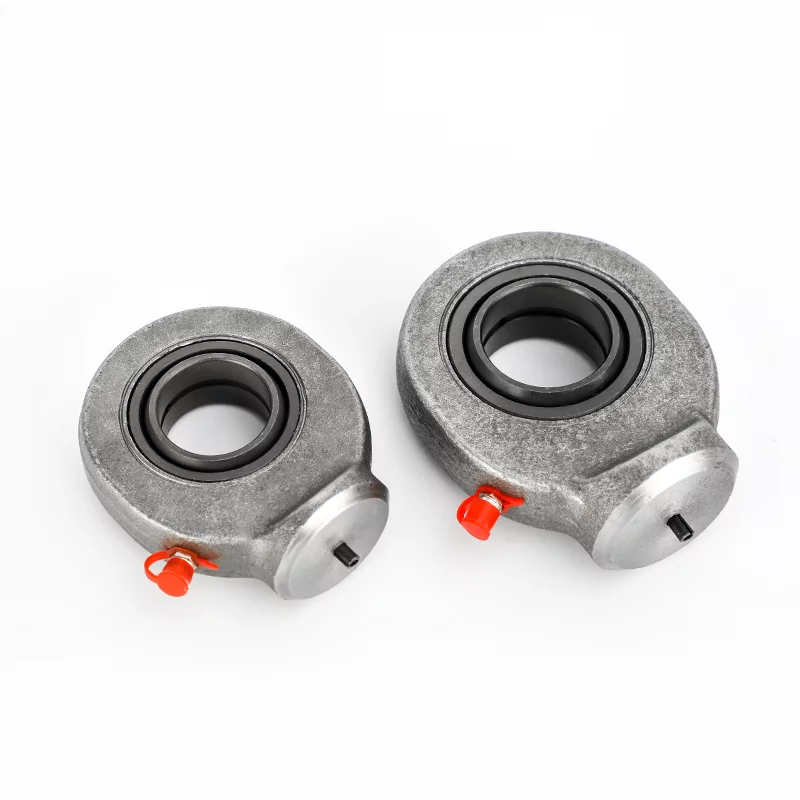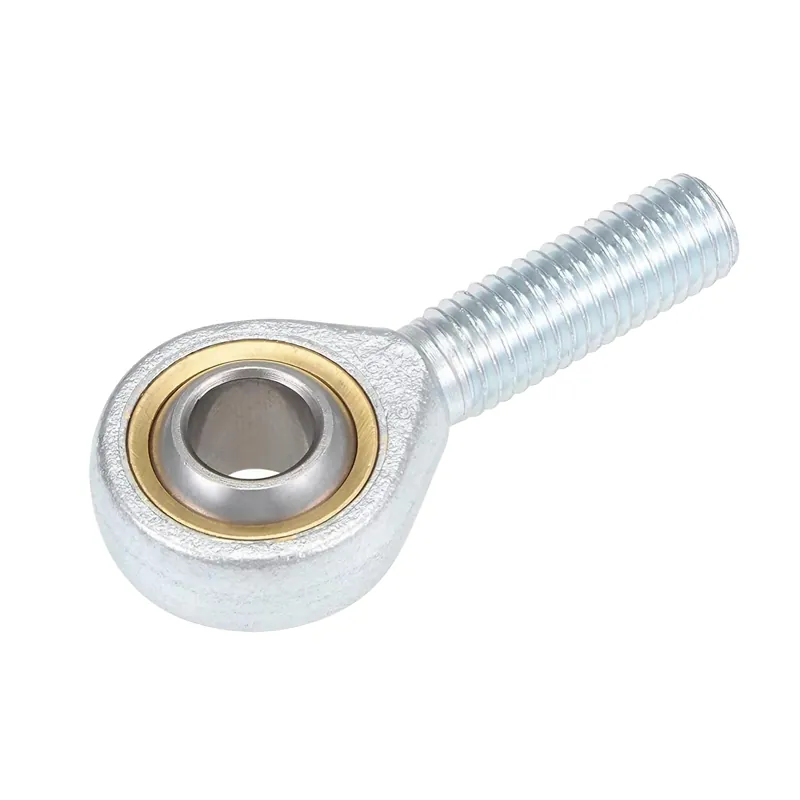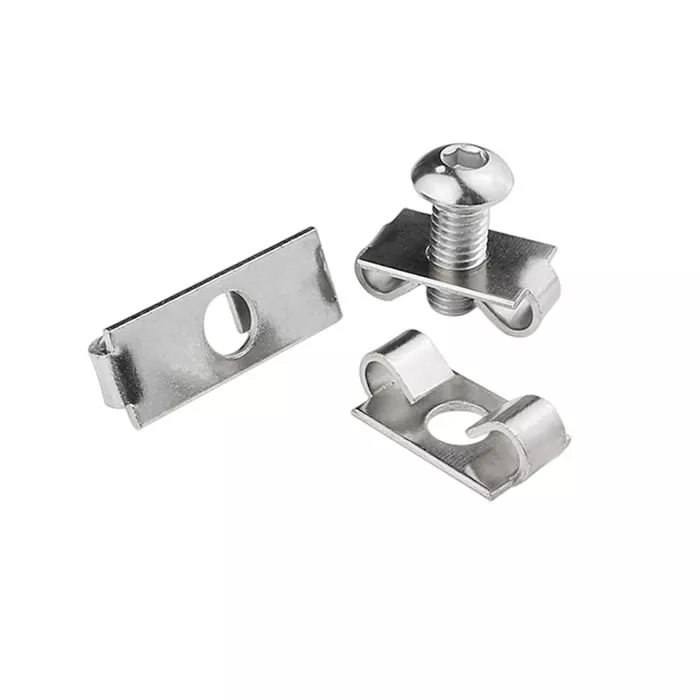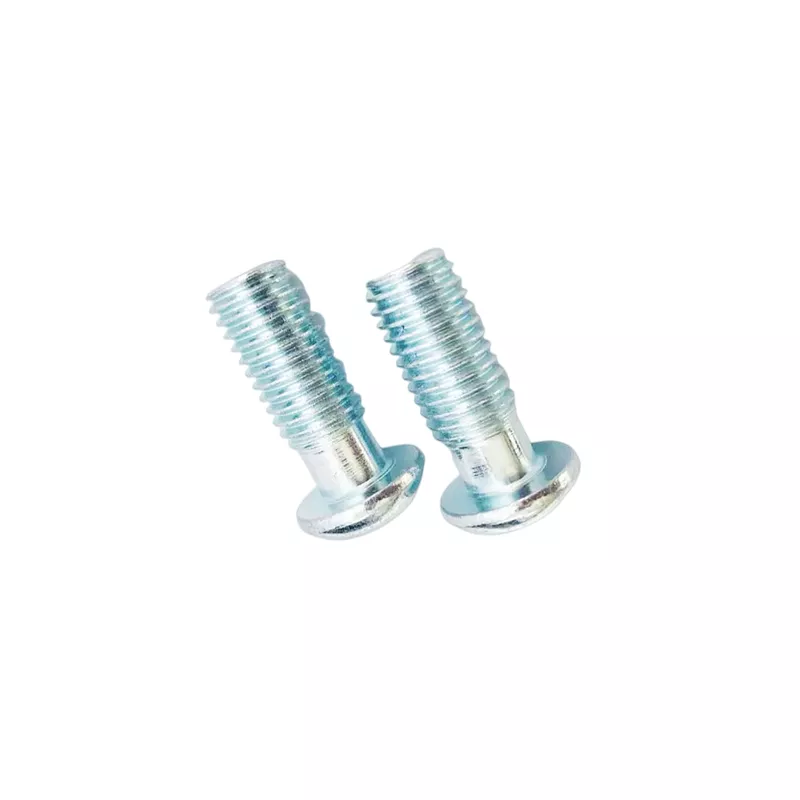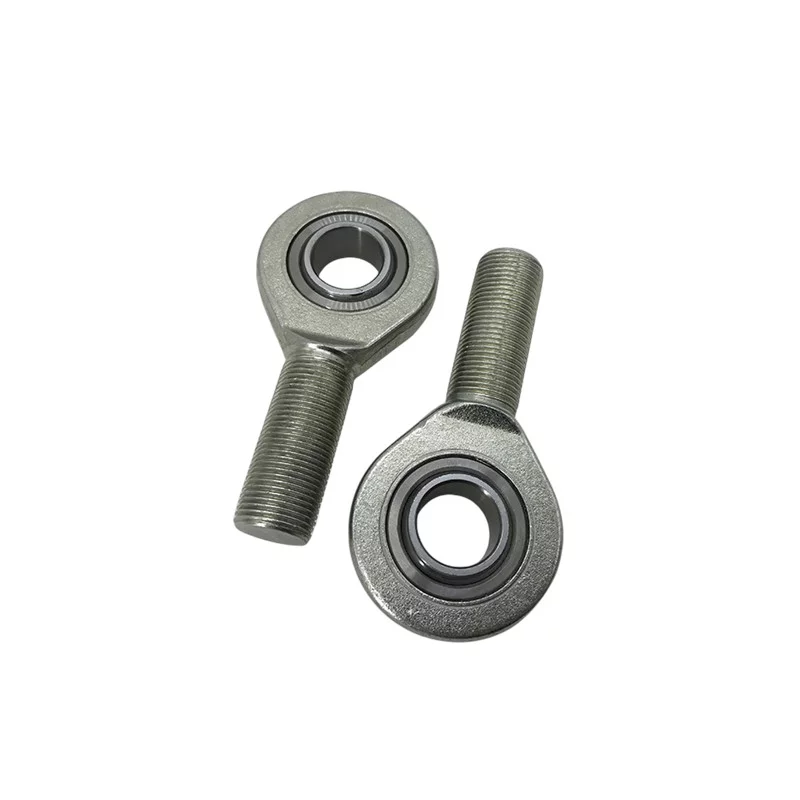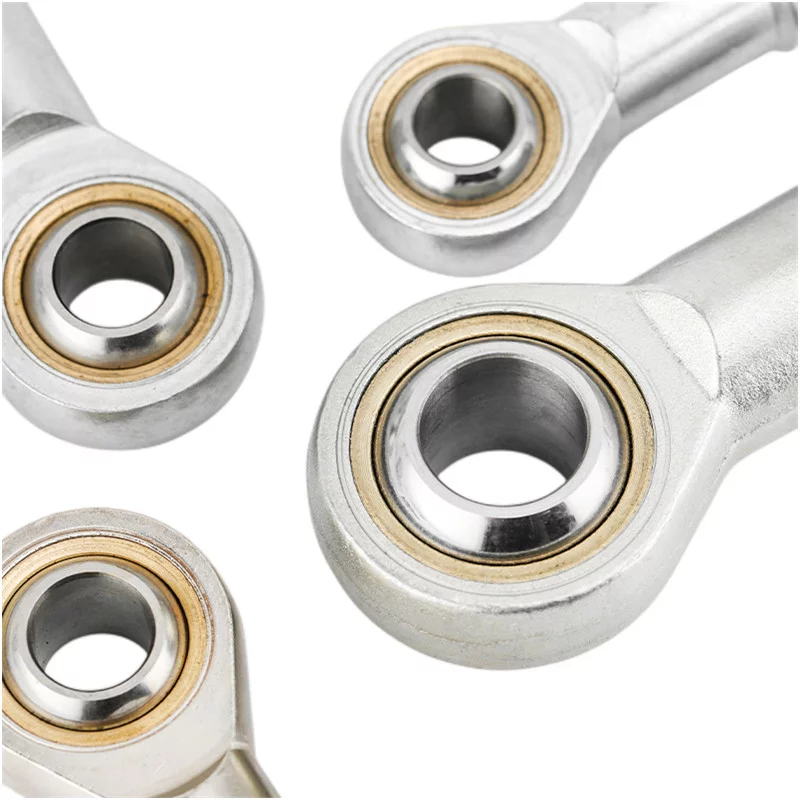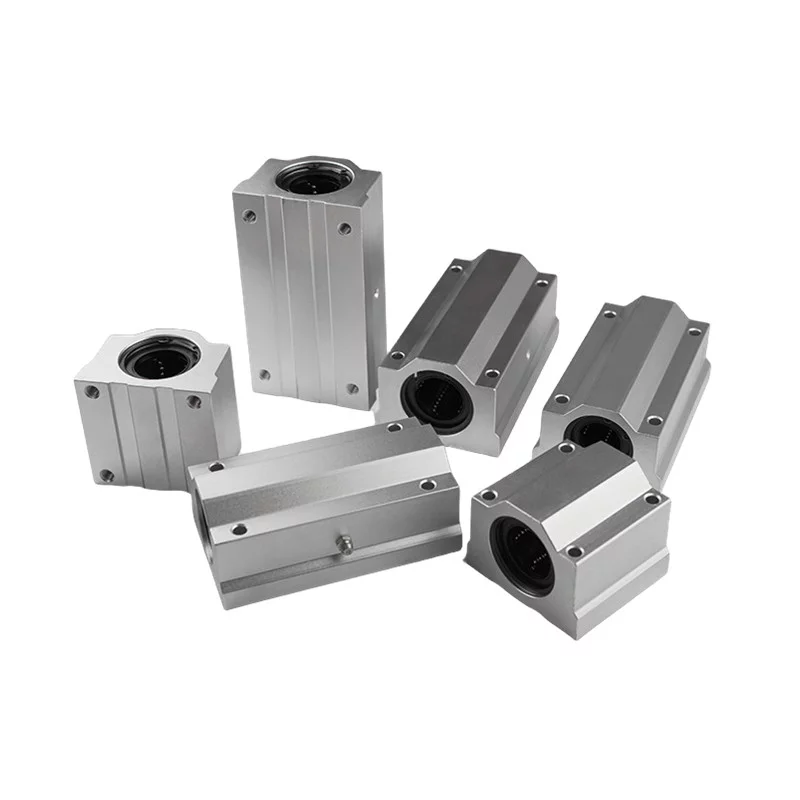Why Ball Screws are Generally More Expensive Than Lead Screws
Ball Screws are typically more expensive than lead screws due to a combination of factors related to their design, manufacturing complexity, and performance characteristics:
1. Manufacturing Complexity:
Precision engineering: Ball screws require precise manufacturing to ensure smooth operation and long life. This involves advanced machining processes and stringent quality control.
Ball recirculation: The intricate ball recirculation system adds complexity to the manufacturing process, increasing costs.
2. Material and Quality:
High-grade steel: Ball screws are made from high-quality steel alloys to withstand heavy loads and prevent wear. These materials are more expensive than those used in other screw mechanisms.
Surface treatment: To enhance performance and durability, ball screws often undergo specialized surface treatments like hardening and grinding, adding to the cost.
3. Efficiency and Performance:
Higher efficiency: Ball screws offer superior efficiency compared to other screw mechanisms, translating to lower energy consumption and higher load capacity. However, this advanced performance comes at a premium.
Longer lifespan: Due to their precision and material quality, ball screws have a longer lifespan, reducing maintenance costs over time. While this is a long-term benefit, the initial investment is higher.
4. Research and Development:
Continuous improvement: Ball screw manufacturers invest heavily in research and development to enhance product performance and efficiency. These costs are reflected in the final product price.
While the initial cost of a ball screw may be higher, the long-term benefits in terms of efficiency, precision, and lifespan often outweigh the upfront investment for many applications.
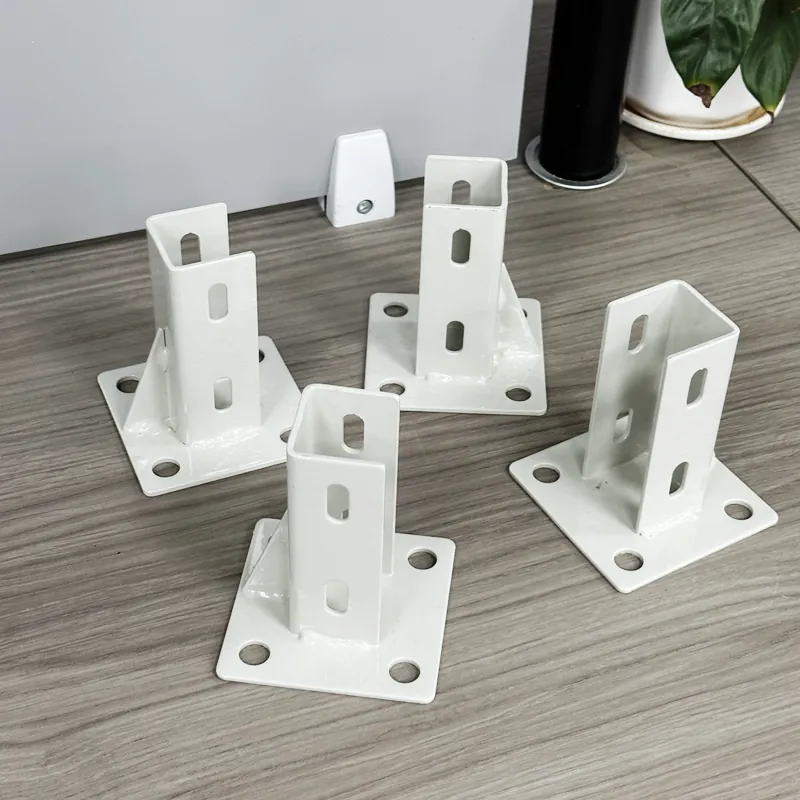 2020/4040 Aluminum Floor Mount Base Plate for Equipment Stability
2020/4040 Aluminum Floor Mount Base Plate for Equipment Stability
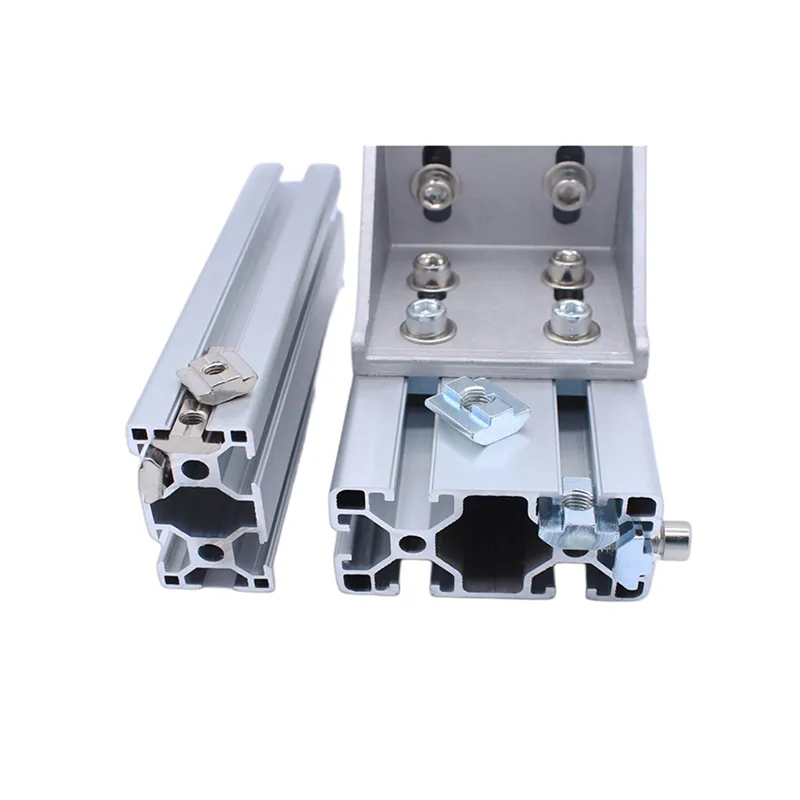 Understanding the Advantages of Sliding T-Nuts for Industrial Applications
Understanding the Advantages of Sliding T-Nuts for Industrial Applications
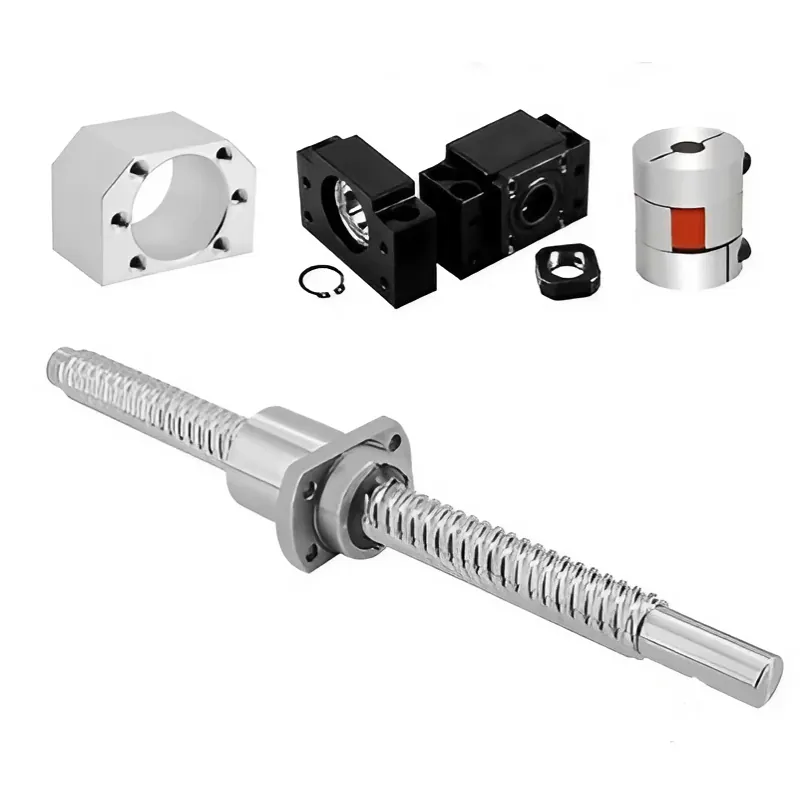 Understanding Ball Screws: Essential Components for Precise Linear Motion in Industrial Automation
Understanding Ball Screws: Essential Components for Precise Linear Motion in Industrial Automation
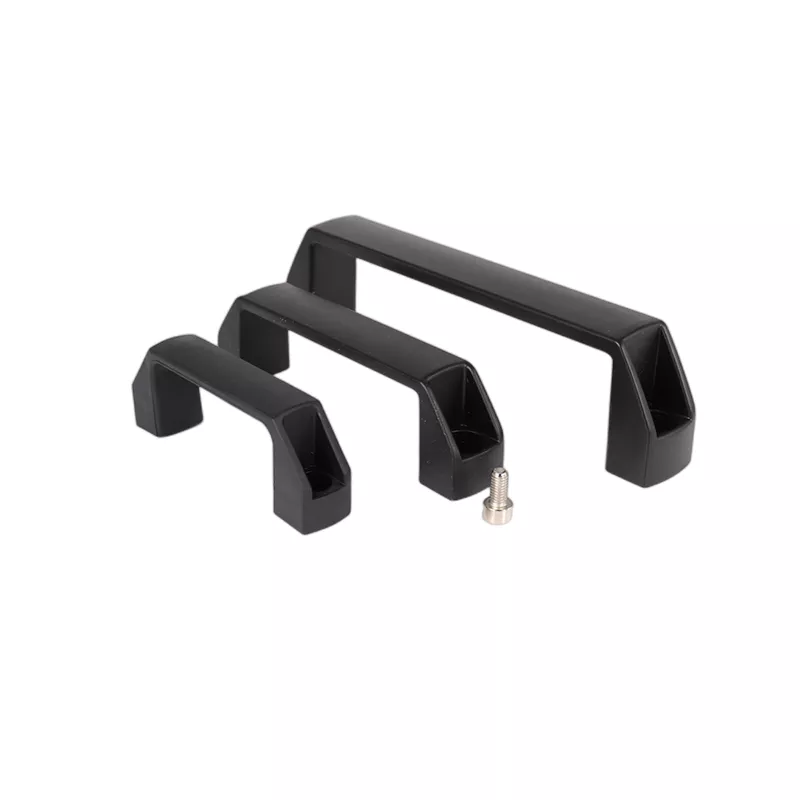 Enhance Functionality with Durable and Versatile Black Nylon Handles
Enhance Functionality with Durable and Versatile Black Nylon Handles

